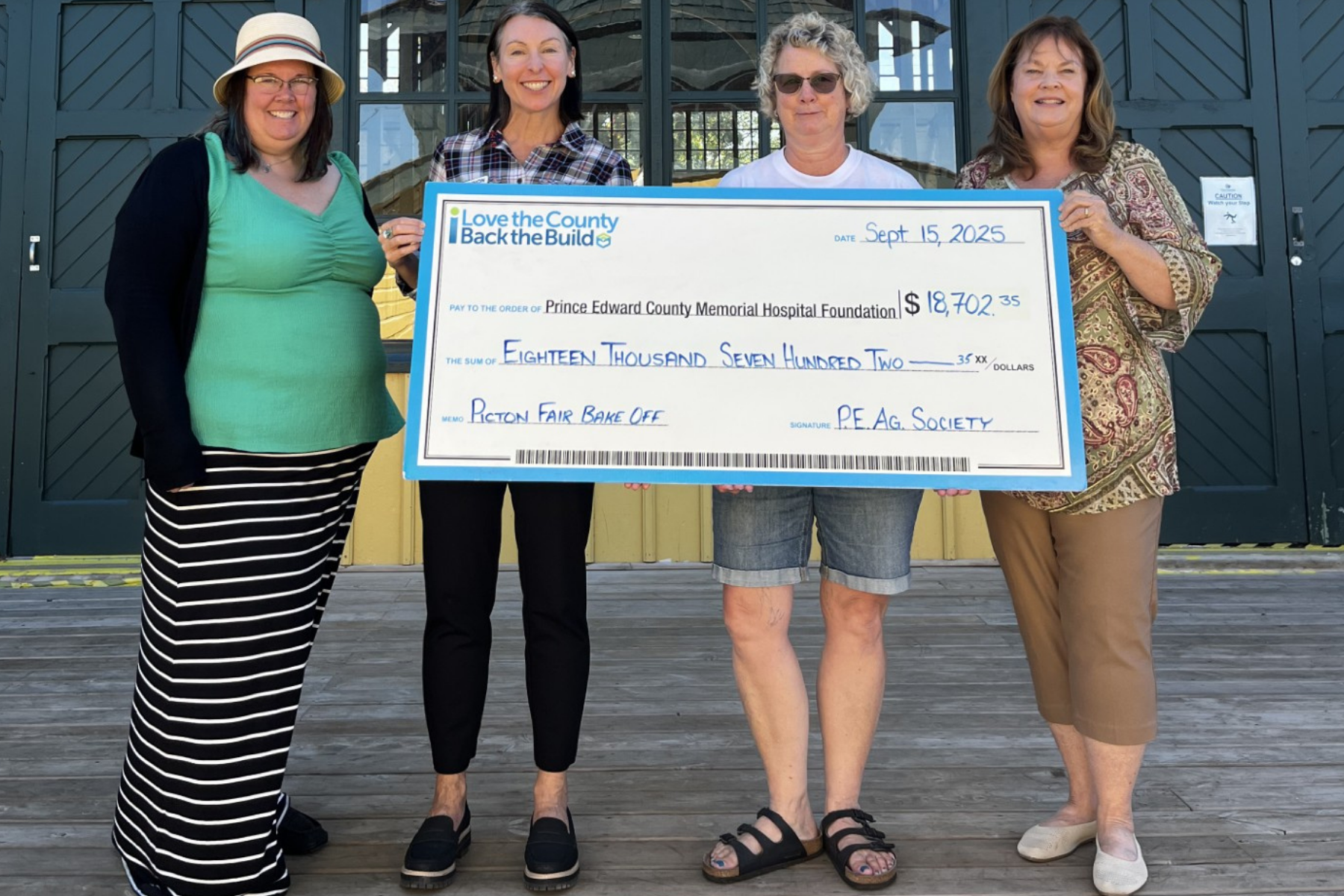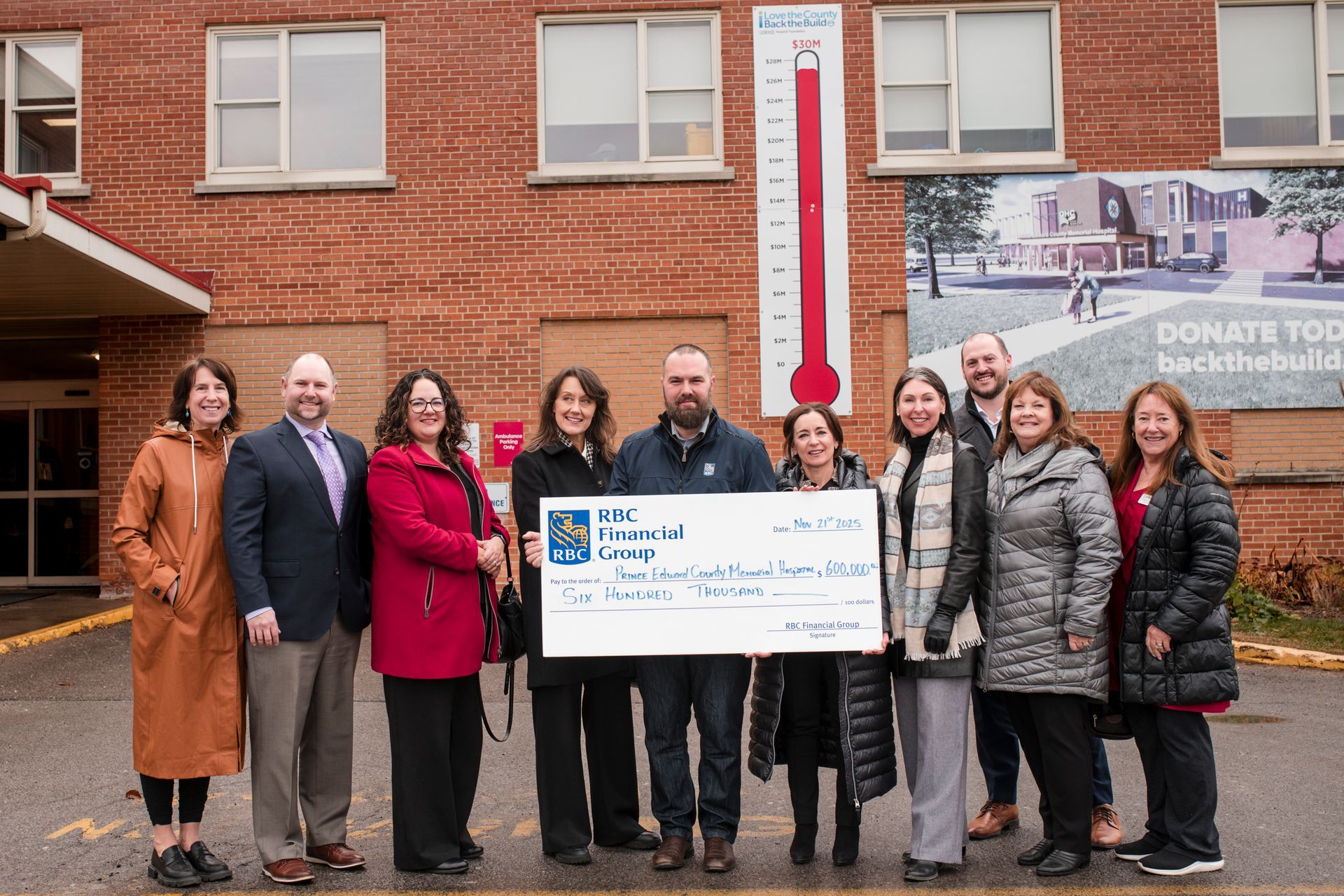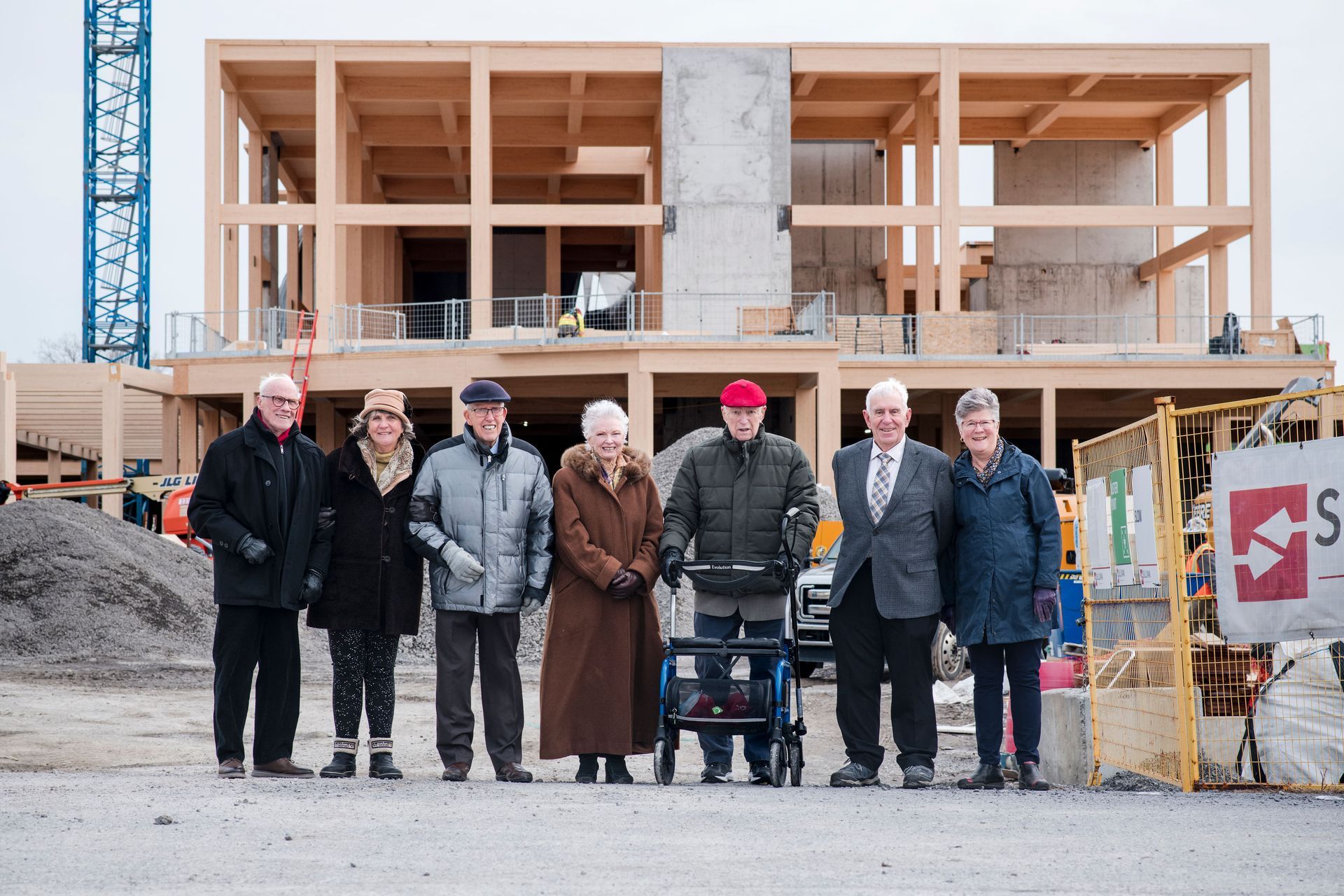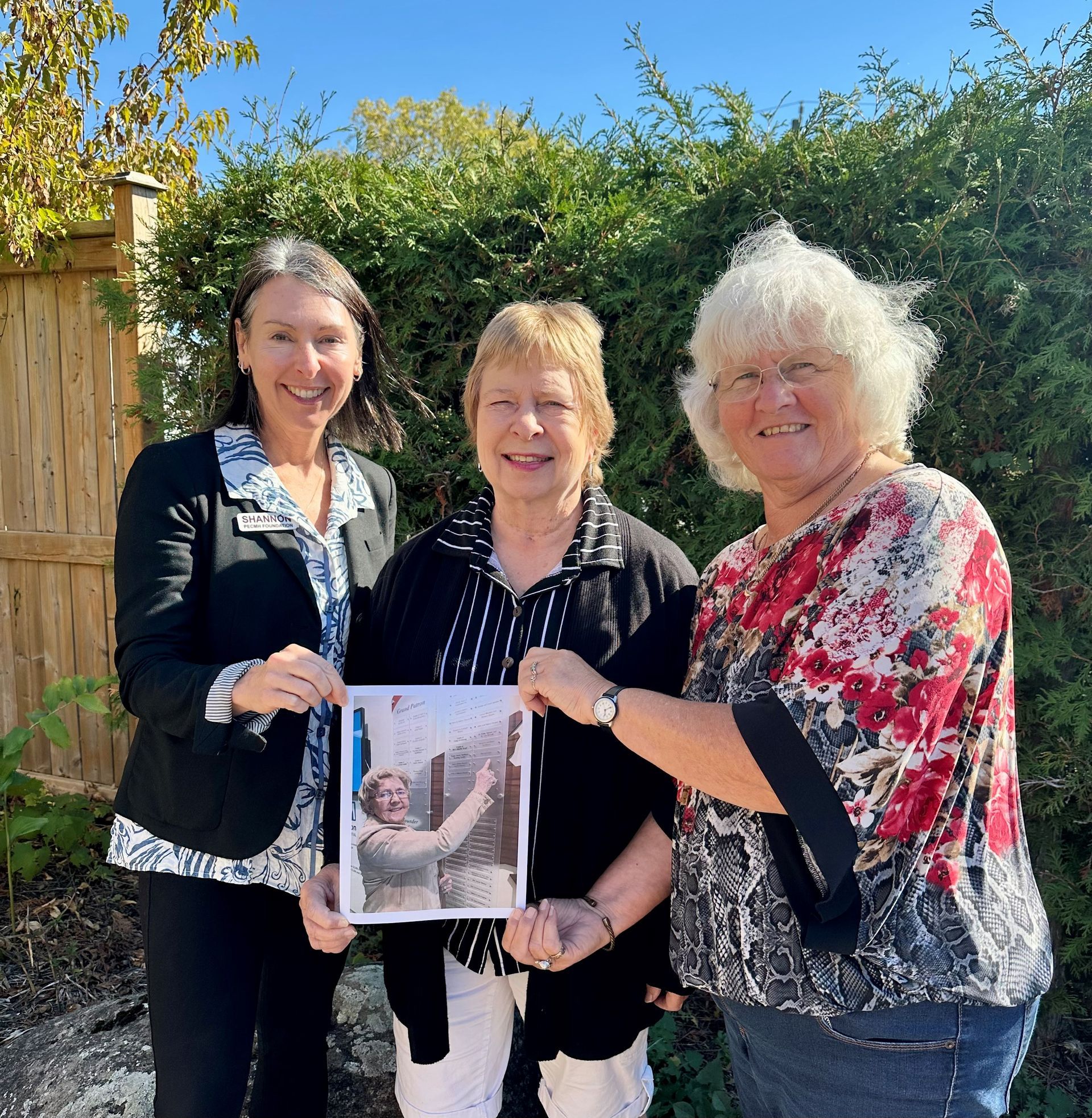Now and in the Future
Now and the Future
By Peggy Payne, vice chairperson, PECMH Foundation

Last year, patients were treated at Prince Edward County Memorial Hospital (PECMH) 43,525 times. You might wonder what that looks like on a daily or even hourly basis. The number of in-patient admissions was 897. So, imagine the remainder, over 42,000 visits, coming through the doors to Emergency, Diagnostic Imaging or Endoscopy departments. That is almost double the population of Prince Edward County coming to seek treatment every year.
Presently, 4,350 square feet are assigned to the Emergency Department. The Interdisciplinary clinical team consists of nurses, a unit clerk, an occupational and physical therapist, a GEM specialist (geriatric emergency medicine), a patient flow coordinator, a physician, a physician assistant or nurse practitioner and often residents (physicians in training). The number of visits has increased by 17% since 2022. Behind the door separating the waiting room from the treatment areas are nine treatment bays, including a negative pressure room to prevent the spread of infectious disease and a highly equipped resuscitation/cardiac monitoring room.
Who are the patients arriving on foot? Parents with children come with backpacks for drinks, snacks, and books. The PECMH Auxiliary volunteers can hand out colouring pages. Family members bring moms and dads, who have come with walkers and warm wraps. Friends accompany friends, tradespeople come with on-the-job injuries, etc. Even though many pharmacists can now diagnose and prescribe for several conditions, including tick bites, people seek care from the Emergency Department for various reasons.
All these patients are triaged, registered, and treated in this area. Everyone has taken a number and watches to see that the line moves fairly. Patients are seen based on the acuity of their ailment. Sometimes, the waiting area expands down the hall towards the Dialysis Unit. Alternatively, waiting patients have to bulge out on the south wing's ground floor towards the foundation offices.
The medical staff can access diagnostic imaging – x-rays, echocardiograms, and ultrasound. Some lab tests are done through point-of-care technology. Newer small items of equipment have improved diagnoses of eye injuries. When you spend time in the Emergency Department, you hear questions asked and answered with patience and compassion. When the waiting room is full, patients often help others with loans of phone chargers or advice on the nearest pharmacies. There is truly excellent care close to home.
What will be different in the new hospital? The number of annual visits will slowly increase as the population ages and increases. The floor area will increase to 9,250 square feet, slightly more than double the size, leading to more comfortable patient stays in the waiting room and in the diagnostic bays. The diagnostic imaging equipment will increase with the addition of a CT scanner, enabling more accurate, timely diagnoses of internal injuries and conditions. This equipment will save patient transfers to another hospital for this imagining – something that occurs over 2,000 times a year!
Every department was involved with the architects and capital planning staff of Quinte Health to ensure that the new hospital meets the community's needs. Staff are looking forward to an up-to-code building with functioning heating, cooling, electrical and plumbing systems that require fewer complicated maintenance visits. When something needs repairs in this old building, repairs are costly and impact patients, staff, and new equipment.
What will stay the same? Compassionate and professional care. The Ministry of Health may classify PECMH as a small rural hospital, but the community knows it is a hospital with a big heart, where patients are treated as one of the family, as they often are.
For information about our hospital or to donate, call 613-476-1008 ext. 4502 or visit the foundation’s website at www.pecmhf.ca.










